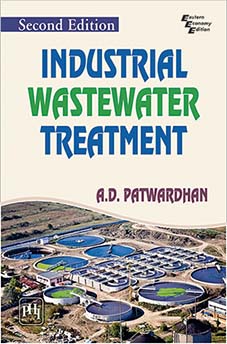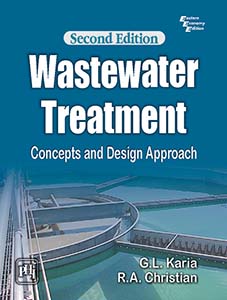CLCX70
LanguageENG
PublishYear2016
publishCompany
McGraw Hill
EISBN
9789390544141
PISBN
9788120353329
edition
2
- Product Details
- Contents
Industries use a large number of substances in their manufacturing processes and also generate solid residues, liquid effluents and gaseous emissions as wastes. These may be organic, inorganic, inert or toxic compounds but are hazardous in nature and thus need to be treated and disposed off suitably in order to maintain ecological balance of the environment. Also, wherever feasible, recovery of useful by- products, recycling of water and reuse of wastewater (with or without treatment) save resources and reduce production cost.
In view of the above, the book has been written, and now updated in the second edition to discuss sources, characteristics and treatment of wastewater produced in industries such as textiles, dairy, tanneries, pulp and paper, fertilizer, pesticide, organic and inorganic chemicals, engineering and fermentation. Many flow diagrams have been included to illustrate industrial processes and to indicate the sources of wastewater. After describing treatment for individual factories, the author discusses the more advanced and economical common effluent plants. The text uses simple and straightforward language and makes the presentation attractive.
This book should prove extremely useful to undergraduate students of civil and chemical engineering and postgraduate students of environmental science and engineering. Industrial design consultants will also find the book very handy. To the Greens, it may offer some of the solutions to their concerns.











